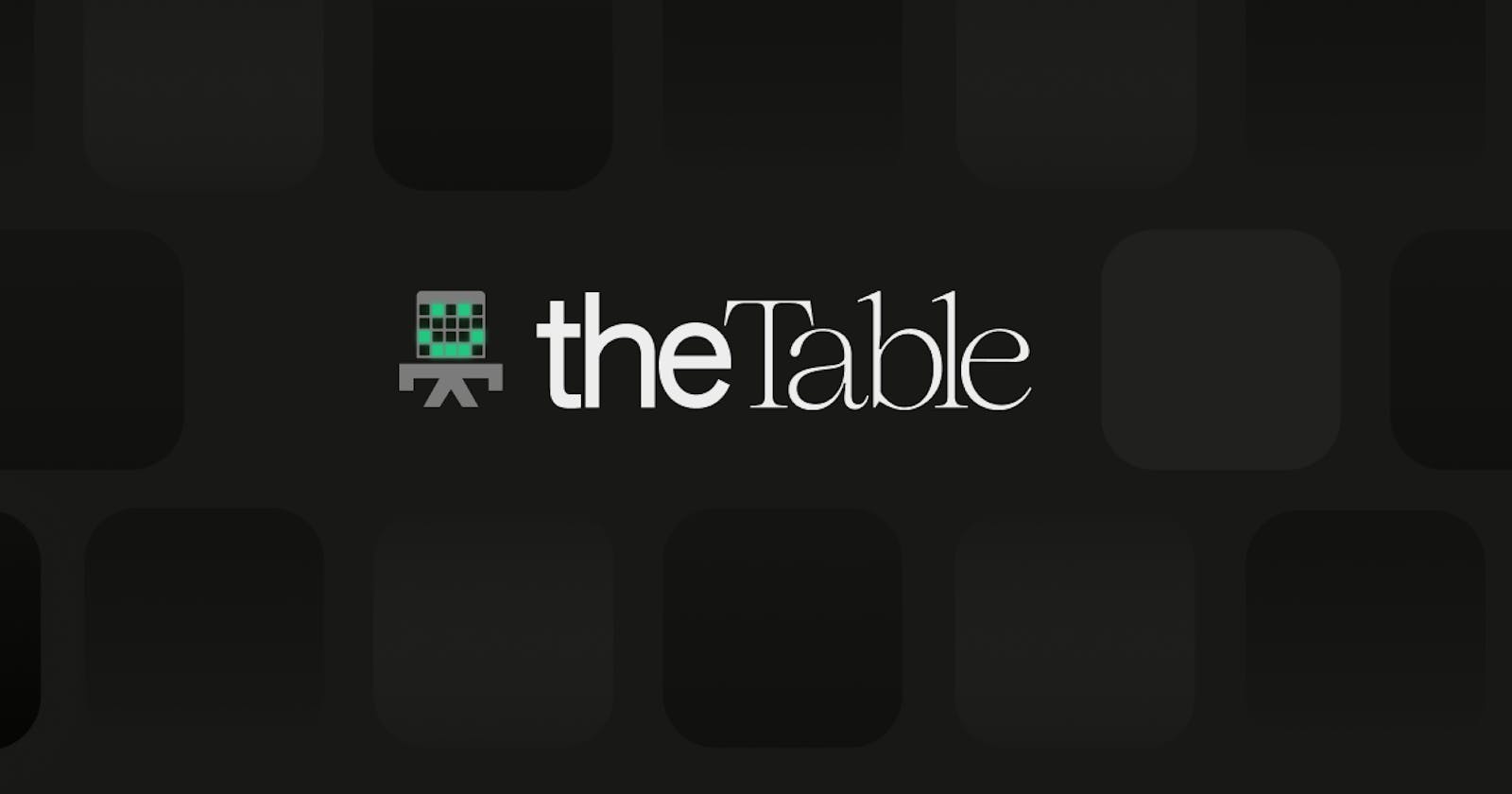Explore the essentials of PostgreSQL jsonpath, a specialized feature enabling effective querying of JSON data within your SQL database. This guide highlights basic usage and functionality.
Examples of PostgreSQL jsonpath
Consider the following simplified example demonstrating the retrieval of usernames from JSON data:
SELECT jsonb_path_query_array("data", '$.players[*].username') AS usernames
FROM "configs"
WHERE "id" = 1;
This query showcases how jsonpath facilitates direct and intuitive access to JSON elements.
FAQ
What are the modes for handling errors in SQL/JSON path expressions?
There are two modes: LAX, which returns NULL for errors, and STRICT, which raises an error for any discrepancy.
What are common mistakes when using SQL/JSON path language?
Frequent errors include incorrect path expressions and overlooking the necessity of jsonb_path_query_array for multiple results.
How do I debug errors in jsonpath expressions?
To debug errors in jsonpath expressions, utilize PostgreSQL's error logs and test queries in a development environment to ensure accuracy before deployment.
Can jsonpath handle nested JSON structures efficiently?
Yes, jsonpath is designed to intuitively navigate and manage nested JSON structures, allowing for complex queries that are both efficient and scalable.
Conclusion
The jsonpath feature in PostgreSQL brings NoSQL-like functionality to SQL environments, offering straightforward JSON data manipulation. For additional details and examples read PostgreSQL JSONPATH: Dealing with the SQL/JSON Path Language.

